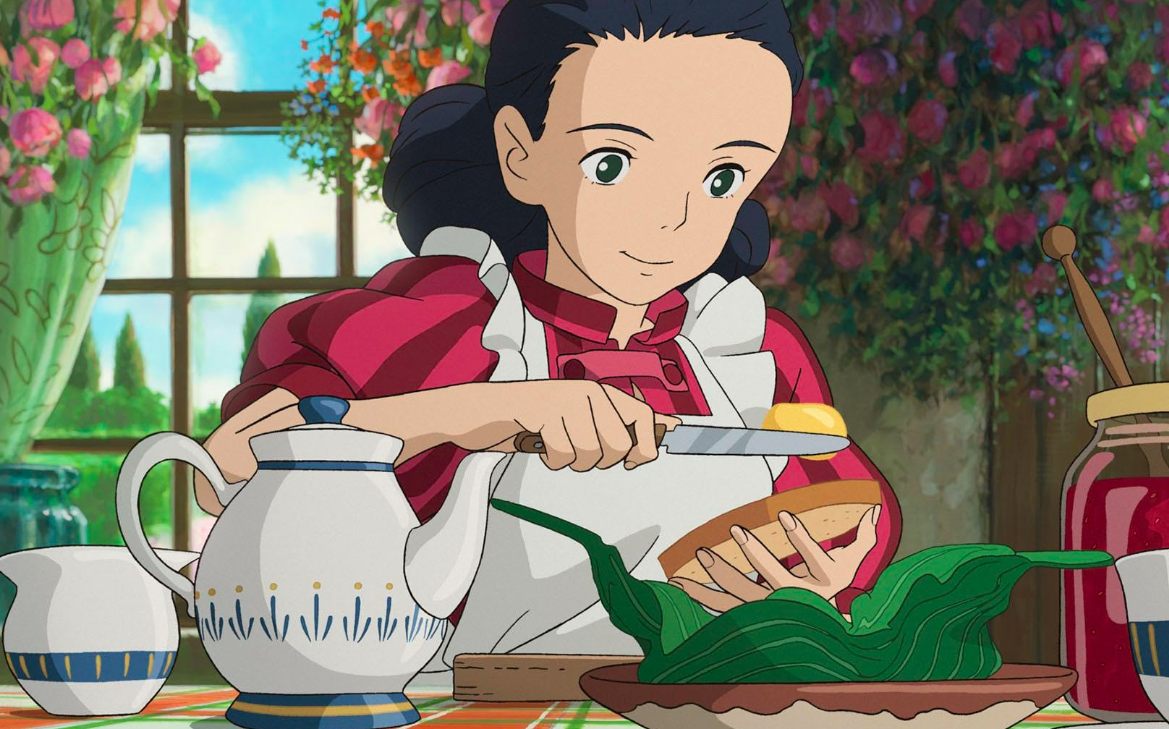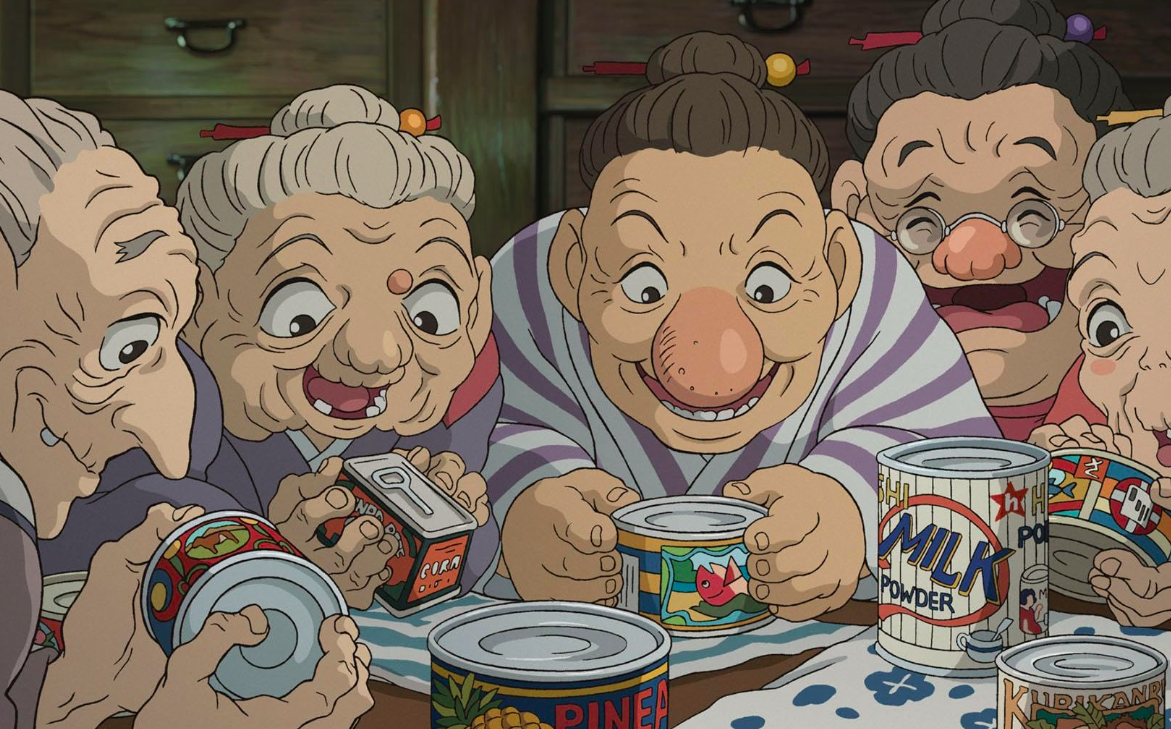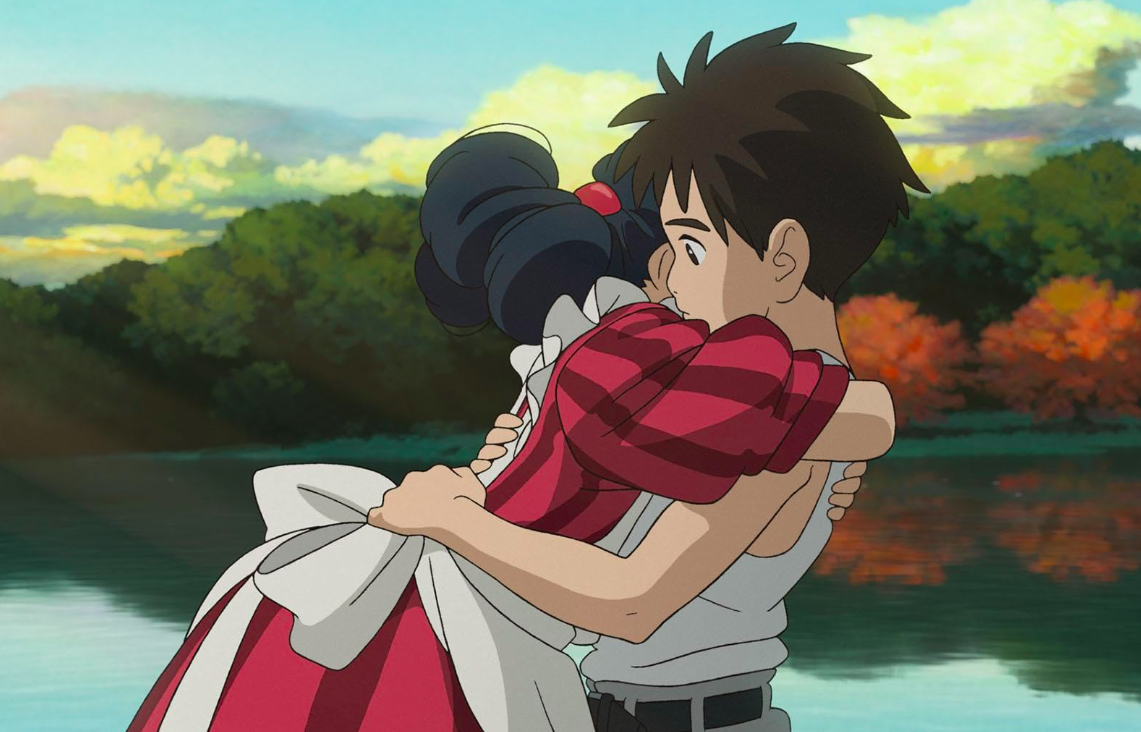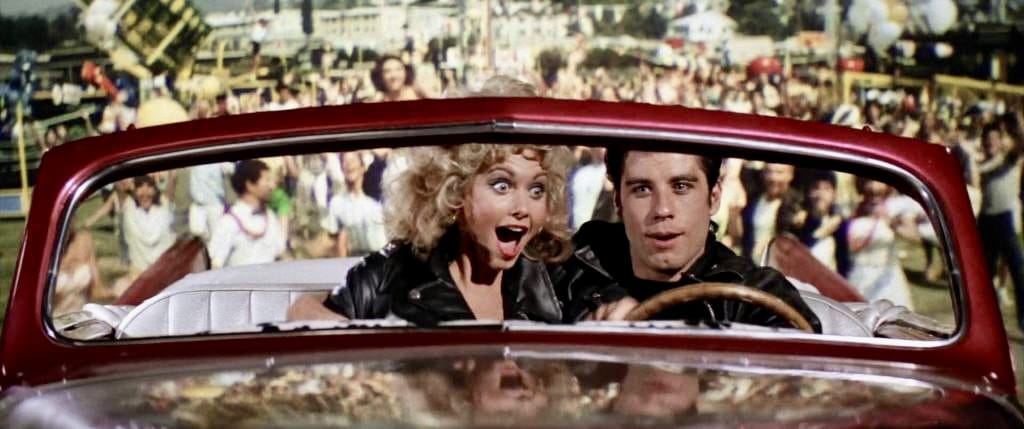By Avalon Vowles, Third Year, Theatre and Performance
The Boy and the Heron is the much-anticipated return of the previously retired, esteemed Japanese animator Hayao Miyazaki. At the age of 82, his life’s work as the co-founder of Studio Ghibli has been nothing short of legendary and he has gifted the world of fantasy anime some of the most loved characters and concepts since the dawn of animated cinema. Driven by its creativity and robust recognition of childhood imagination, the film is rooted in dream-like illusion and is a rather personal and abstract rumination on grief and the afterlife. Although it’s arguably not Miyazaki’s most superlative cinematic endeavour, for he has set himself such a high standard, it's nothing short of a remarkable achievement.

Set in 1940s wartime Japan, 12-year-old Mahito (voiced by Soma Santoki in the original Japanese version) suffers the loss of his mother to a tragic hospital fire after a bombing raid on Tokyo. Mahito’s father Shoichi (Takuya Kimura) marries his late wife’s sister, Natsuko (Yoshino Kimura) and they evacuate to her rural property. Distant and mournful, Mahito is ushered to a fabled, sealed tower by an eccentric grey heron (Masaki Suda) and falls upon a mythical netherworld to discover the truth about his mother’s death and his family's heritage.
By opening the animation with a tragic inferno, the film establishes an atmosphere which is overtly disconcerting and speculative. Miyazaki himself said that one of his earliest memories was the firebombing of Japan during World War II and for viewers aware of the personal significance, this makes the scene all the more poignant. This glimpse of hysteria intensely contrasts with the serenity of the ecological macrocosm that encircles his aunt’s estate. The introduction of this pastoral setting is visually captivating; however, it takes up a large portion of the film which consequently struggles slightly with its pacing.

Once Mahito is transported to the ever-changing alternative world, he is caught up in an intricate and impenetrable nest of an avian king, an ageing wizard, military parakeets, and docile, milky-white floating creatures. This world is boundless and immeasurable, a bombardment from Miyazaki’s fantastical mind. The various locations, characters, and storylines are intricately provoking, but they start to become disorderly and cluttered. This underlying inaccessible complexity is a shortcoming in the film’s objective to create emotional depth, as it strives for a moment of tranquillity and clarity. This criticism may be erased with a re-watch, or perhaps Miyazaki’s private vulnerabilities aren’t meant to be readily approachable within the realm of fantasy.
Customary with the most beloved Studio Ghibli masterpieces, the fervent and sentimental orchestral score by Joe Hisashi elevates the reflective tone and is scintillating and lavish. Songs like ‘Ask Me Why’ and ‘The Great Collapse’ are the heartbeat of this film and encapsulate intricate tension and release effortlessly.

The Boy and the Heron begs us to think existentially. This feeling is better encapsulated by its Japanese title of ‘How Do You Live?’ and with no trailers or promotional material released preceding its release, the film remains an emotional mystery upon watching. Enthused with personal anecdotes, the film is a commendable amalgamation of Miyazaki’s work. With discernible references to the quintessential Ghibli style and universe, it’s a must-see for any fans of the animation studio. It may not be their best, but it still sails seas ahead of the average cinematic experience.
What did you think of The Boy and the Heron?









